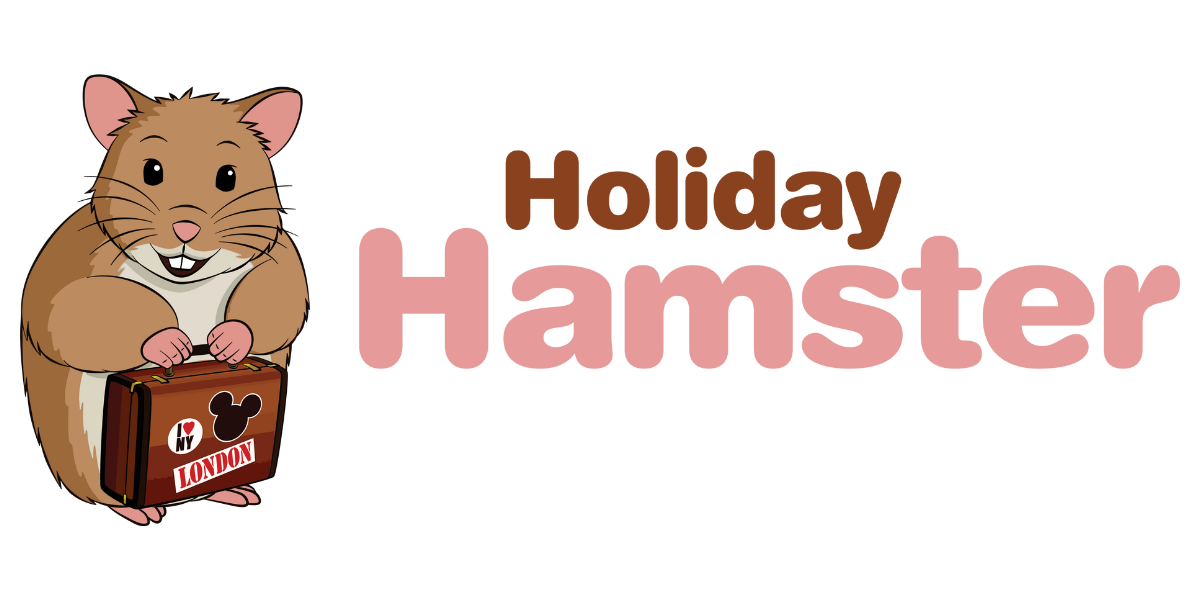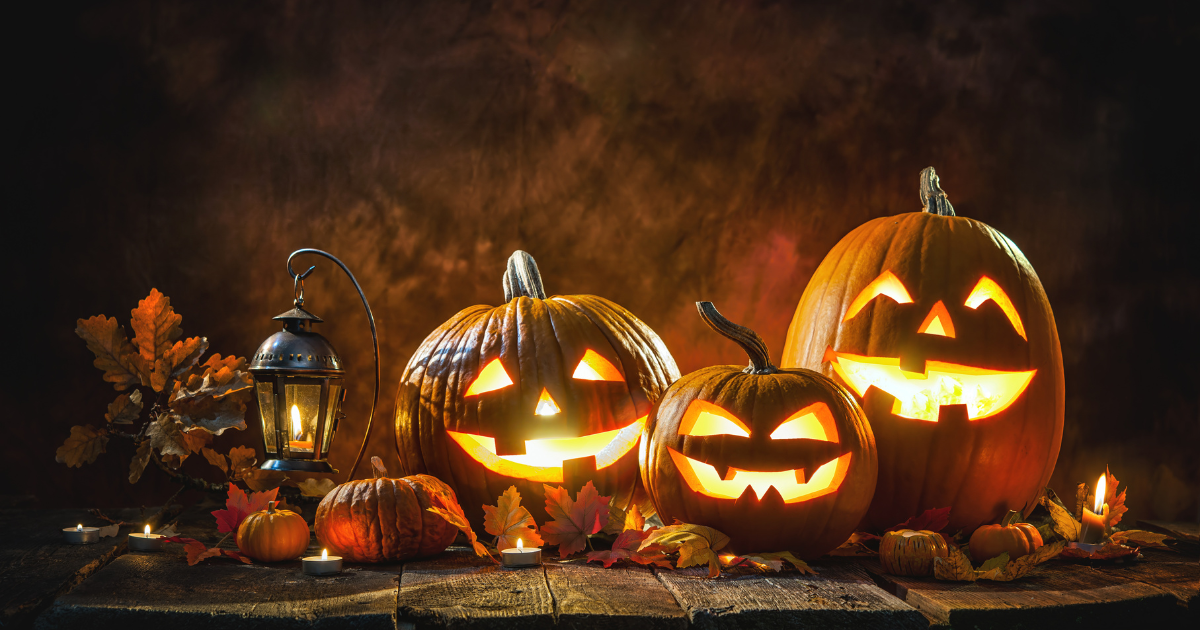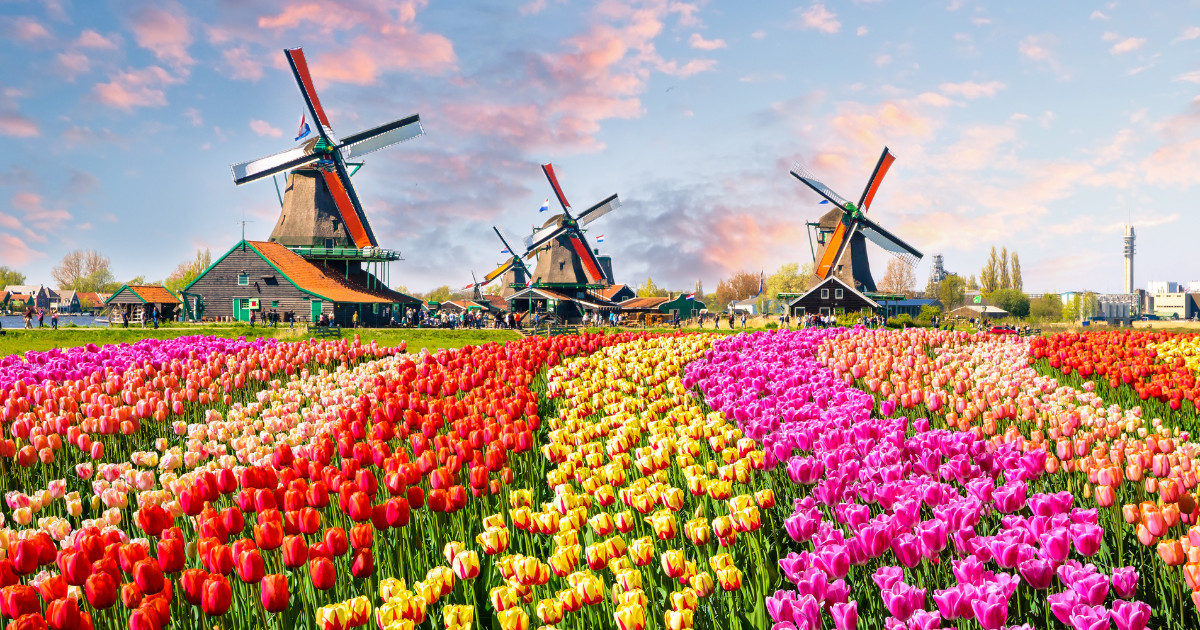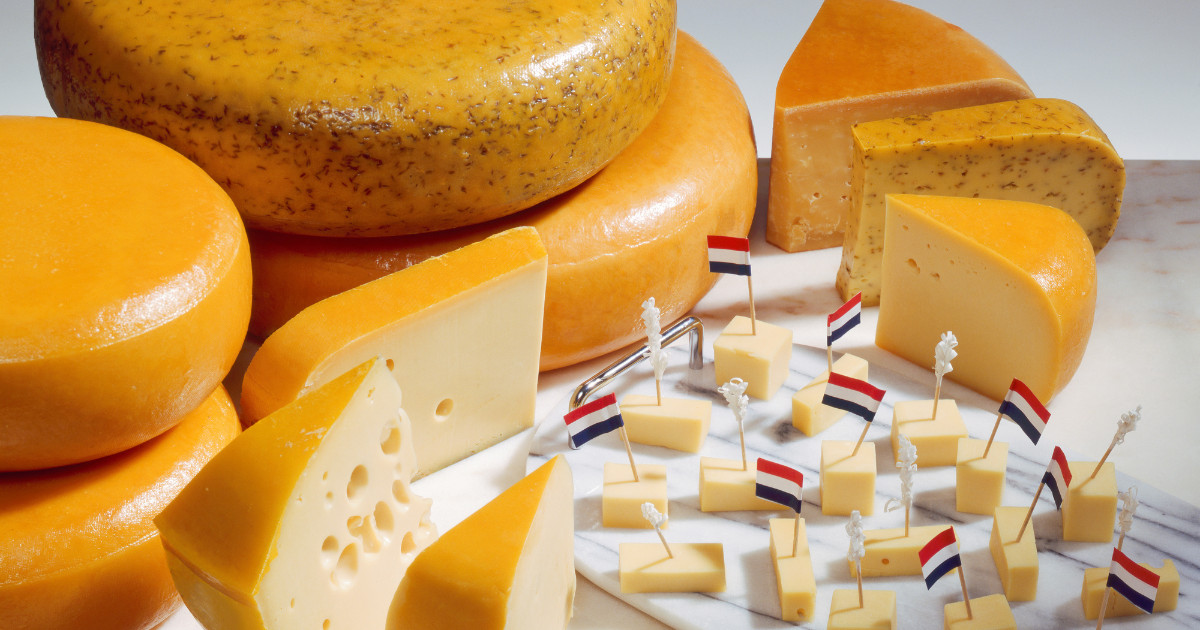When we think of Halloween, we mainly associate it with pumpkins, horror movies, and trick-or-treating. However, have you ever wondered how other cultures celebrate or avoid this spooky holiday? From the lantern festivals of China to the bone-chilling tales of Icelandic elves, Halloween around the world offers fascinating insights into how different societies honour or reject this holiday. In this blog post, let us tour countries that celebrate Halloween uniquely.
Mexico:
Día de los Muertos, known as “Day of the Dead,” is a Mexican holiday celebrating deceased loved ones. Beginning on October 31st, this holiday lasts for three days, during which people prepare elaborate altars adorned with marigold flowers, food, and pictures of their deceased loved ones. People believe that during this time of the year, the dead visit their loved ones, so they create altars to welcome and honour them. Besides the altars, people also dress up in skeleton costumes and makeup.

Japan:
Halloween started getting popular in Japan only recently, even though they already had a similar festival named Obon. During Obon, the Japanese honour their ancestors by visiting their graves, lighting lanterns inside paper or silk lanterns and setting them free on the riverbanks. Nowadays, Halloween has added a fun twist to the Obon festival, and people dress up in costumes, throw parties, and go trick-or-treating in some areas.
United States:
In the United States, Halloween is widely celebrated with a combination of traditions borrowed from various other cultures. Families carve spooky or humorous faces into pumpkins to create Jack-o’-lanterns and decorate their houses with ghoulish decorations. Children dress up in various costumes, from popular superheroes to eerie spectres, and go door-to-door for “trick-or-treating”, collecting sweets from neighbours. Haunted houses pop up in communities, offering spine-chilling interactive experiences. Many people watch horror movies or share ghost stories to get into the Halloween spirit. It’s an occasion that brings communities together, charming both the old and the young, making it a highlight in the American cultural calendar.

Iceland:
While most countries embrace the spookiness of Halloween, Iceland is different. Icelanders believe in mythical creatures like elves, trolls, and ghosts and do not celebrate Halloween like other countries worldwide. Instead, they have an “All Saints Day” festival a day before Halloween. In Iceland, this day is reserved for remembering their dear ones who have passed away by lighting candles on graves and walking through the streets of Reykjavik.
Ireland:
Ireland is the birthplace of Halloween, which originated from the ancient Celtic festival of Samhain, marking the end of the harvest season and the beginning of winter. During Samhain, the Irish would light bonfires and wear costumes to ward off ghosts. Today, their celebrations echo these traditions, with bonfires, fancy dress parties, and children going trick-or-treating in their neighbourhoods. There’s also a week-long festival held in Derry, full of workshops, street performances, and carnivals.

China:
In China, Halloween is not considered a part of their traditional festivals, but they have a celebration called Teng Chieh. This festival happens on the 15th day of the seventh moon on the lunar calendar, which usually falls in October. This festival is also known as the “Lantern Festival,” where people decorate houses with lanterns and set them free in the sky. They also light lanterns to guide the spirits of their loved ones who visit them during this time.
England:
Just as in many other parts of the world, Halloween in England is a time for costumes, trick-or-treating, and a fair share of frightful fun. The tradition of “guising” (children wearing costumes and performing a trick, such as singing or reciting a poem, in return for a treat) has strong roots here. Additionally, England is famous for its haunting ghost walks, particularly in historical cities like York and London, where participants can learn about the country’s rich and often chilling history. Pumpkin carving is another popular activity; however, in the past, turnips were used instead. Today, while some of the ancient traditions have faded, England’s Halloween is a lively mix of the old and the new, creating a unique celebration that spans generations.

Australia:
Halloween is a relatively recent phenomenon in Australia, with the tradition of trick-or-treating only becoming popular in the last two decades. However, Australians have embraced the spooky holiday with open arms! Children wear costumes and go door-to-door asking for sweets, and houses are festively decorated with pumpkins and ghoulish decorations. In addition to trick-or-treating, Halloween-themed events, parties, and haunted house attractions have become increasingly popular. Despite Halloween being during springtime in Australia, the spirit of the holiday aligns perfectly with the fun and festive Aussie culture.
From the colourful altars in Mexico to the eerie tales of Icelandic elves, Halloween around the world is a unique and exciting way of understanding how the world varies in festive spirit. Wherever you may be, Halloween is a chance to come together with your loved ones, dress up, and have fun, spooky activities. After all, no matter how we celebrate it. At the core of this holiday, it’s all about celebrating, remembering, and honouring our loved ones.






